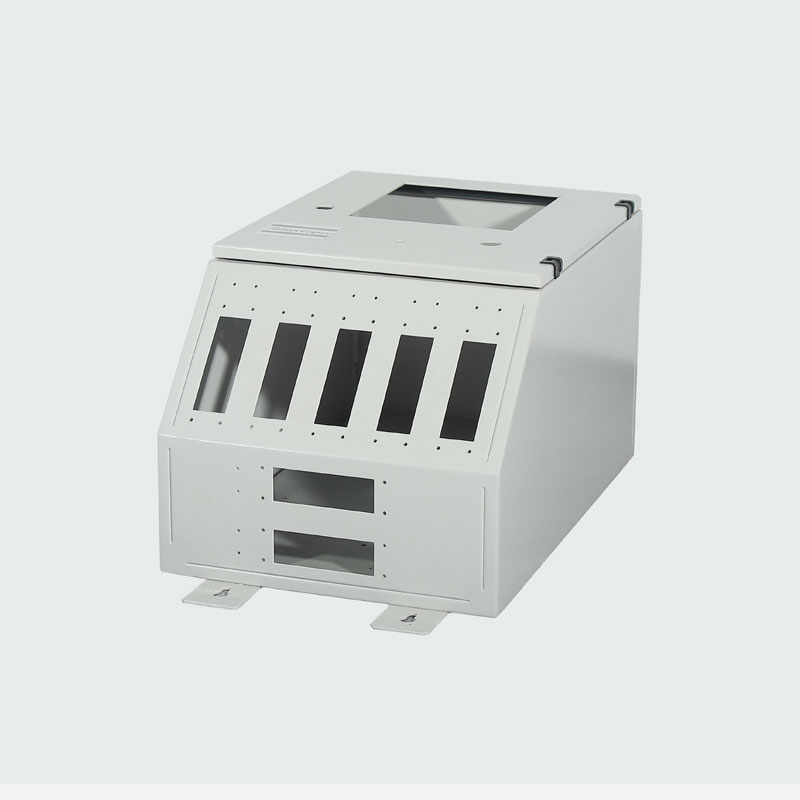How Can Laser Cutting Revolutionize Industries by Offering Precision, Speed, and Versatility in Manufacturing and Design?
2025-02-26
Laser cutting is a cutting-edge technology that has made significant strides across various industries, transforming the way products are manufactured and designed. Whether in aerospace, automotive, architecture, or even art, laser cutting offers precision, speed, and versatility, making it an indispensable tool for modern manufacturing processes. But how exactly can laser cutting revolutionize industries and provide benefits that traditional cutting methods simply cannot match?
What Is Laser Cutting and How Does It Work?
At its core, laser cutting uses a high-powered laser beam to melt, burn, or vaporize material, creating clean and precise cuts. The process works by focusing a laser beam onto a material's surface, which is typically metal, plastic, or wood. The beam’s heat is directed by computer control, which guides the cutting path. This ensures that cuts are made with incredible accuracy, even with intricate shapes or detailed designs.
Why Is Laser Cutting More Effective Than Traditional Methods?
1. Unmatched Precision and Detail
One of the primary advantages of laser cutting is the extremely high precision it offers. Laser cutting can create intricate designs with incredibly tight tolerances, allowing for more complex geometries and intricate detailing that would be difficult to achieve with traditional mechanical cutting methods. Whether it’s micro-machining for small components or large-scale production, the accuracy of laser cutting ensures minimal waste and maximum efficiency.
2. Speed and Efficiency
Laser cutting is faster than many traditional cutting methods. Since it’s computer-controlled, it can operate autonomously, reducing the need for manual intervention. This increased speed translates into faster production times and lower labor costs. It’s ideal for industries that require rapid prototyping or mass production with tight deadlines, such as automotive or electronics manufacturing.
3. Versatility Across Materials
Laser cutting is extremely versatile when it comes to materials. Unlike traditional methods, which may require different tools or machines for different materials, laser cutting can handle a wide range of materials including metals, plastics, wood, glass, and even fabrics. Whether it’s a thick metal sheet or a delicate fabric design, laser cutting can provide consistent results across multiple material types.
4. Reduced Material Waste
Traditional cutting methods, like punching or sawing, can produce significant waste due to their reliance on physical cutting tools. Laser cutting, on the other hand, is highly efficient in terms of material usage. The focused nature of the laser minimizes waste, which is especially beneficial for cost-conscious industries. It also means less need for secondary processes like grinding or finishing, resulting in cleaner, smoother edges.
5. No Tool Wear
Unlike mechanical cutting tools, a laser does not wear down with use. This results in more consistent cuts over time, as there are no concerns about tool dulling or degradation. This also eliminates the need for tool maintenance, making laser cutting more cost-effective in the long term.
How Does Laser Cutting Benefit Different Industries?
1. Automotive Industry
In automotive manufacturing, laser cutting is used to create precise parts for both exterior and interior components, such as body panels, frame parts, and engine components. Its ability to cut through thick, durable materials like steel and aluminum with high precision ensures product consistency and performance. Laser cutting is also ideal for creating complex, lightweight designs that improve vehicle fuel efficiency.
2. Aerospace Industry
In aerospace, where precision and quality are paramount, laser cutting is used for manufacturing lightweight components like turbine blades, wing structures, and brackets. It allows for complex cuts and tight tolerances, making it ideal for this high-performance sector. Laser cutting also helps reduce the overall weight of parts, improving fuel efficiency for aircraft.
3. Architecture and Construction
Architects and builders use laser cutting for designing decorative elements, custom panels, and intricate facades. The ability to cut materials like metal, wood, and acrylic with precision allows for greater design flexibility while also reducing production time. Laser cutting also enables the creation of custom structural components that can add unique visual appeal to buildings and interiors.
4. Medical Industry
In the medical industry, where precision is critical, laser cutting plays a vital role in creating surgical instruments, implants, and prosthetics. The high level of accuracy ensures that components fit perfectly and perform as intended. Laser cutting is also used in the manufacturing of medical devices with complex shapes, including parts for diagnostics and imaging equipment.
5. Fashion and Textile Industry
Laser cutting is gaining popularity in fashion and textiles for its ability to cut delicate fabrics with intricate designs. Designers use it to create custom patterns, lace, and embroidery without the risk of fraying edges or fabric distortion. This technology enables designers to experiment with creative patterns and produce high-quality, unique pieces with minimal waste.
What Are the Limitations of Laser Cutting?
While laser cutting offers numerous advantages, there are a few limitations to consider. The process can be expensive, especially for high-powered lasers required for thick materials. Additionally, it may not be the most cost-effective option for very large-volume cutting when simpler methods could suffice. Laser cutting also has limitations when it comes to cutting reflective materials like copper and aluminum, which can cause laser beam interference.
Conclusion
Laser cutting has undoubtedly revolutionized industries by offering precision, speed, and versatility across a wide range of applications. From reducing waste to improving design possibilities, its impact on manufacturing and design is undeniable. Whether it’s aerospace, automotive, or fashion, laser cutting continues to shape the future of production, providing industries with the tools they need to innovate and thrive.



